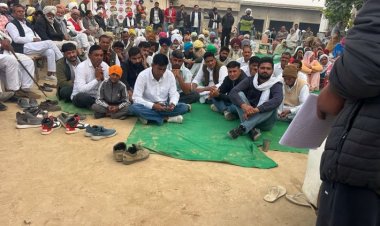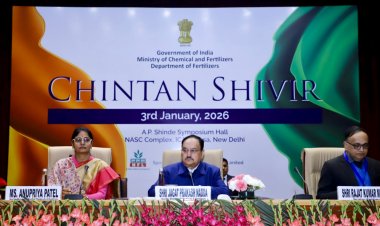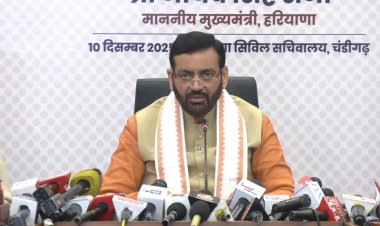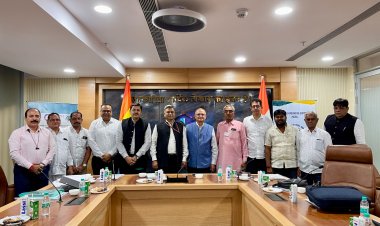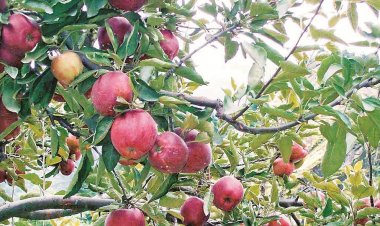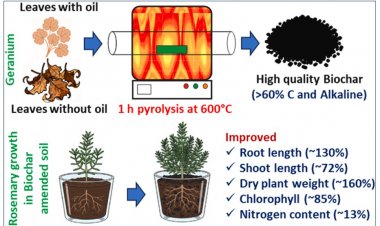Break in monsoon activity burdensome on farmers; IMD ignored negative IOD in its forecast
Owing to a break in the monsoon activity, there has been 11.3 per cent less rainfall than normal over the past two weeks. Which has led the farmers in the current Kharif season to struggle to save their crops on the one hand and is proving too dear for them on the other. A negative IOD is being considered to be the main reason behind the current monsoon situation. IMD ignored this condition while making forecasts for rainfall during the current monsoon season.
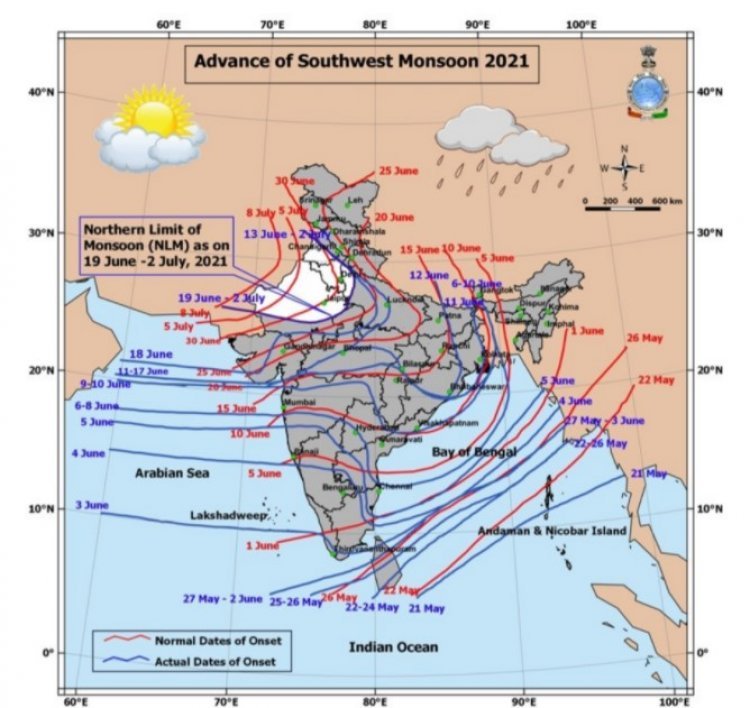
Owing to a break in the monsoon activity, there has been 11.3 per cent less rainfall than normal over the past two weeks. Which has led the farmers in the current Kharif season to struggle to save their crops on the one hand and is proving too dear for them on the other, because a hike of Rs 16 per litre in diesel prices within a year has increased the cost of irrigation using diesel pumps. In several states like Punjab, farmers have to resort to irrigation using diesel pumps due to power shortages.
A negative Indian Ocean Dipole (IOD) is being considered to be the main reason behind the current monsoon situation. The India Meteorological Department (IMD) ignored this condition while making forecasts for rainfall during the current monsoon season. The monsoon models of the meteorological institutes of several other countries, however, talked about the possibility of a negative IOD in June itself. A negative IOD refers to the phenomenon of increasing of the temperature of the sea waters near Australia and Indonesia in the Indian Ocean.
The latter half of June and the initial days of July are very important for the Kharif season crops. And if it does not rain during this period, it causes difficulties for the crops standing in the fields on the one hand and may lead, on the other, to a delay in the transplanting of paddy, the main Kharif crop, and in the sowing of other crops.
This situation may create problems for the agricultural economy of the country. Less rainfall due to a break in monsoon may lead to a crisis in the agricultural sector which, thanks to the record crop production over the last two years, has so far supported the domestic economy struggling with Covid-19. It is increasing the production cost of the Kharif crops, especially paddy. Farmers are struggling with power shortages in states like Punjab. The electricity tariffs have gone up substantially in Uttar Pradesh over the last two years. Diesel prices are skyrocketing, which has made irrigation using diesel pumps very costly.
It seems that while making forecasts for rainfall during the current monsoon season, the IMD accorded priority to the phenomena occurring in the Pacific Ocean rather than to those in the Indian Ocean. The US National Oceanic and Atmospheric Administration had estimated that the El Nino had a 78 per cent chance of remaining neutral. The El Nino does have an impact on rainfall, but this is greater for South America and Australia. On the other hand, when the eastern part of the Indian Ocean that is close to Indonesia and Australia becomes unusually hot in comparison to the Western Tropical, it has an adverse impact on rainfall in India.
In its monsoon forecast made on June 1, the IMD said that the IOD was neutral. In contrast, several monsoon models in the world were talking about the IOD being negative during the monsoon season. The conditions for the IOD being negative have been increasing ever since the forecasts were made. This has been mentioned in the June report of the Australian Bureau of Meteorology. The models of the meteorological institutes of several other countries have also estimated the IOD to be negative. They say that the IOD would remain negative in the Indian Ocean from July to September.
Experts say that the unseasonal rains in May have also affected the heating pattern required for the monsoon that is necessary to develop a low-pressure area on the land mass of the country. The rainfall was 74 per cent more than normal in May. Again, it was 33 per cent more than normal between June 1 and 16. But it was 11.3 per cent less than normal between June 17 and July 2. This means that unseasonal rainfall has affected the monsoon. These facts have raised questions on the IMD’s announcements. What is significant is that people from the agriculture department to the electricity department estimate the power requirements on the basis of the information that IMD provides.
The latest monsoon status may be understood from the map given along with the story. In the IMD report issued on July 2, it has been said that going by the way the Northern limit of monsoon has got stuck on the line passing through Dhaulpur, Bhilwara, Aligarh, Meerut, Ambala and Amritsar, there is no chance of any change in the status quo. Monsoon has got stuck at these places since June 19. Meanwhile, however, there may be sporadic rainfall at some of the places.
Let us now come to the additional burden on the farmers. Farmers from Punjab to Gujarat are struggling to save their crops due to the scarcity of rainfall. Farmers are struggling with power shortages in Punjab. In the wake of the farmers’ protests, the government there is now taking the step of reducing the supply of power to the industries and making it available to the farmers.
It is necessary to do some calculations if we wish to understand the financial burden on the farmers due to the break in monsoon. A 12-horsepower (HP) diesel pump consumes 1.5 litres of diesel an hour for use in irrigation. It takes five hours to irrigate an acre, thus leading to a consumption of 7.5 litres of diesel. The price of diesel has gone up by Rs 16 per litre over the last one year. Thus, the farmer’s cost to irrigate an acre of crops has risen by Rs 120. In a state like Punjab, where electricity is free, using diesel pumps due to the scarcity of electricity is leading to a burden of Rs 690 on the farmer to irrigate an acre of crop.
The July rains are the most important for the Kharif crops. If it rains less during this period and there is no alternative arrangement for irrigation, it will have an adverse impact on the Kharif production. Besides, the delay in the sowing of Kharif crops in areas dependent on rains will also affect production. The next 15 days are, therefore, crucial in the prevailing situation.



 Join the RuralVoice whatsapp group
Join the RuralVoice whatsapp group


















